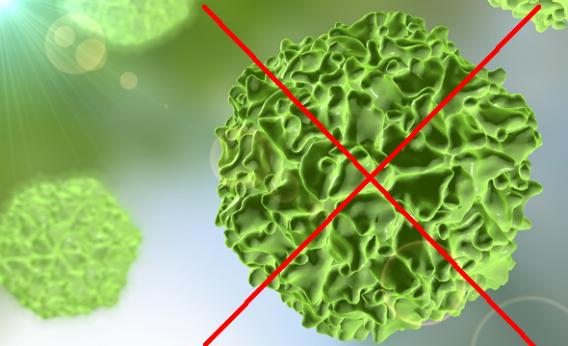Create a free profile to get unlimited access to exclusive videos, sweepstakes, and more!
Polio May Be Eradicated by 2018

In just three years, the scourge of polio may be gone forever from our planet.
This is incredible news. Polio, or more officially poliomyelitis, is a horrible virus that paralyzes 1 in 200 people infected, and kills 5–10 percent of them when it immobilizes the muscles needed to breathe. Put more simply, the virus causes these victims to slowly suffocate.
Mind you, the vast majority of victims are younger than 5.
Polio has been around for centuries at least, but the advent of world travel spread it across the globe. In the U.S., there were 20,000 reported cases of permanent paralysis due to polio in 1952 alone. A vaccine was introduced in 1955 (and an oral version in 1961). What happened next is a triumph of medical science: By 1965 there were fewer than 100 cases in the U.S., and by 1973, fewer than 10.
The U.S. was declared polio-free in 1994.
Numbers globally have dropped precipitously as well, from 350,000 cases in 1988 down to just a few hundred today. The only two countries that have polio in the wild currently are Afghanistan and Pakistan (down from 125 countries in 1988); Nigeria had cases in 2014, but there have been none in 2015.
Polio is transmitted primarily through oral-fecal contact and to a lesser extent through contaminated water; once someone is infected, there is no way to stop the virus.
So then how did polio’s numbers drop so dramatically? Exactly how’d you think: vaccines.
To be more specific, a globally focused and well-organized campaign to vaccinate children around the planet called the Global Polio Eradication Initiative. This wonderful project started in 1988 as a collaboration between multiple nations†, and its goal is simple: “To banish polio to the history books.” And they’ve been extremely effective.
Because of the aggressive campaign, it’s expected that the last cases of polio seen in the wild will happen sometime in the next two to three years. The World Health Organization is so confident about this that it actually has what’s called the Polio Eradication and Endgame Strategic Plan, a strategy on how to make the world polio-free by 2018.
That’s extraordinary. This has only happened once before in history, when smallpox was eliminated in 1977. Smallpox killed hundreds of millions of people, and now it’s gone, wiped clean off the face of the planet.
Why? Again: vaccines.
This is why I consider vaccines to be one of the very best medical health innovations in human history, if not the best.
Of course, there are people who think vaccines are unmitigated evil, themselves the cause of diseases and neurological disorders. These anti-vaxxers are gravely mistaken; we know for sure vaccines don’t cause autism and are a huge medical success story. I wonder how many of these folks have looked a polio victim (or someone who was blinded by measles, or grieving parents who just lost an infant to pertussis) in the eye and told them how dangerous they think vaccines are*.
Of course, some repellent people have. But I hope, like the diseases themselves, their numbers are on the decline.
I was born when polio was waning, but my older brother has told me he remembers seeing newspaper articles with pictures of hospitals showing rows of iron lungs: huge metal canisters that helped polio victims breathe. If you’re younger than me, it’s entirely possible you’ve never seen such a thing, or even heard of them.
That, to me, is a wondrous thing, and one for which I am truly grateful.
Smallpox: gone. Polio: almost gone. When that last case comes, we can finally say goodbye, and good damn riddance.
What’s next? Pertussis, measles, diphtheria, rubella? Those germs better watch their backs, because we’re coming after them, too. And we’ve got science on our side.
Tip of the hat to mactavish on Twitter via DoctorAtlantis.
*In the interest of fairness, I’ll note that the oral polio vaccines contains a weakened virus, which can then be excreted and contaminate water supplies. In some cases this can actually help spread immunity, but if the virus is given enough time it can mutate and become dangerous again. This has happened a couple of dozen times in the past few decades (poor sanitation conditions make this worse, of course), causing about 760 cases of polio, which is awful … but that’s compared with 10 billion doses given, and an estimated 13 million lives saved. Vaccine risks are extremely low compared with their benefit.
† It has been brought to my attention that the Rotary Club has played a crucial role in this as well.


























